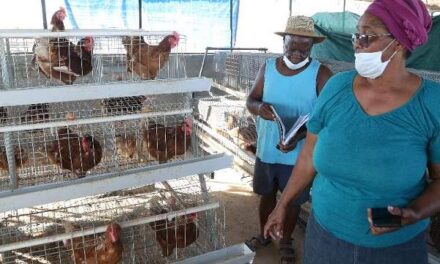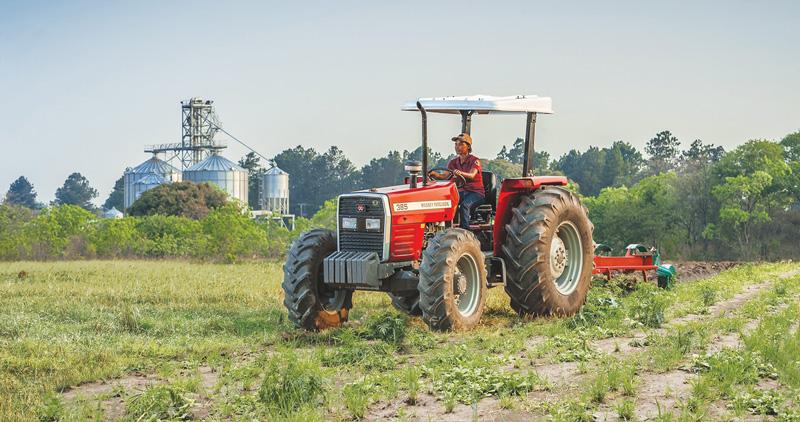
Listeriosis: Livestock and human health

By Erastus Ngaruka
Technical Officer within Agribank’s Agri Advisory Services Division
Agriculture in Namibia continue facing many challenges which are either, enduring, new, or resuscitated.
These challenges are commonly occurring in the form of drought, floods, disease and pest outbreaks, and market shifts amongst others. All these challenges continue to threaten sustainable productivity and livelihoods where human nutrition and health are largely compromised.
The latest threat to human health in the country is from a bacterial disease known as Listeriosis, caused by a bacterium Listeria monocytogenes. The bacterium lives in the soil and in the gastrointestinal tract of asymptomatic animals (carrier animals not exhibiting the symptoms). Listeriosis is a zoonotic disease, meaning, it can also infect humans.
Listeriosis in livestock
In animals it is also referred to as “circling disease” because one conspicuous symptom is that an affected animal (especially cattle, sheep and goats)turn into circles because the bacteria invades the central nervous system resulting in encephalitis (brain inflammation).
The bacterium is ingested by animals when eating contaminated feed stuffs such as hay, silage, and pasture. Apart from circling, other symptoms include anorexia, fatigue, disorientation, and leaning against fences. In monogastic (single-stomach) animals such as pigs, dogs, and chicken, the symptoms include septicaemia (blood infection) and damage to the lungs and heart.
The disease can be prevented by not feeding spoiled feed (hay and silage) to animals. Proper storage of feed is very important; contact with soil and faecal matter should be avoided. In its early stages, Listeriosis can be treated successfully with antibiotics, most effectively with Penicillin G.
Listeriosis in humans
Listeriosis affects humans through contaminated foods and fluids. These include; ready-to-eat meat products (such as polony, salami, liver spread, Russians, Vienna), and fluids such as unpasteurized milk and dairy products, smoked seafood, and vegetables fertilized with contaminated manure amongst others.
The listeria bacterium can survive cold temperatures, thus, freezing does not kill it. The bacteria can only be killed when foods are heated or cooked at about 74⁰C. The pregnant, elderly, young children and people with weak immune systems are more at risk to the disease.
Therefore, people at risk must pre-heat the listeria prone products before eating them. Listeria infection in humans show symptoms of fever, muscle aches, nausea or diarrhoea. If the infections reach the nervous system, then it is characterized by headache, stiff neck, confusion, incoordination and spasms.
The diagnosis of Listeriosis will be based on your medical history, physical examination, information on food recently eaten, and work and home environments. Healthier people may not need treatment as symptoms will disappear within a few weeks. The most vulnerable ones can be treated with antibiotics.
Incidences of Listeriosis can be prevented through safe shopping and eating measures. Keep raw meat separate from other food items, pre-heat ready-to-eat meats, wash hands before and after handling food, wash fruits and vegetables, store foods appropriately to avoid contamination, and cook food at correct temperatures (74⁰C).
Lastly, let us produce safe foods, eat safe foods, and practice hygiene at all times from farm to table.













































